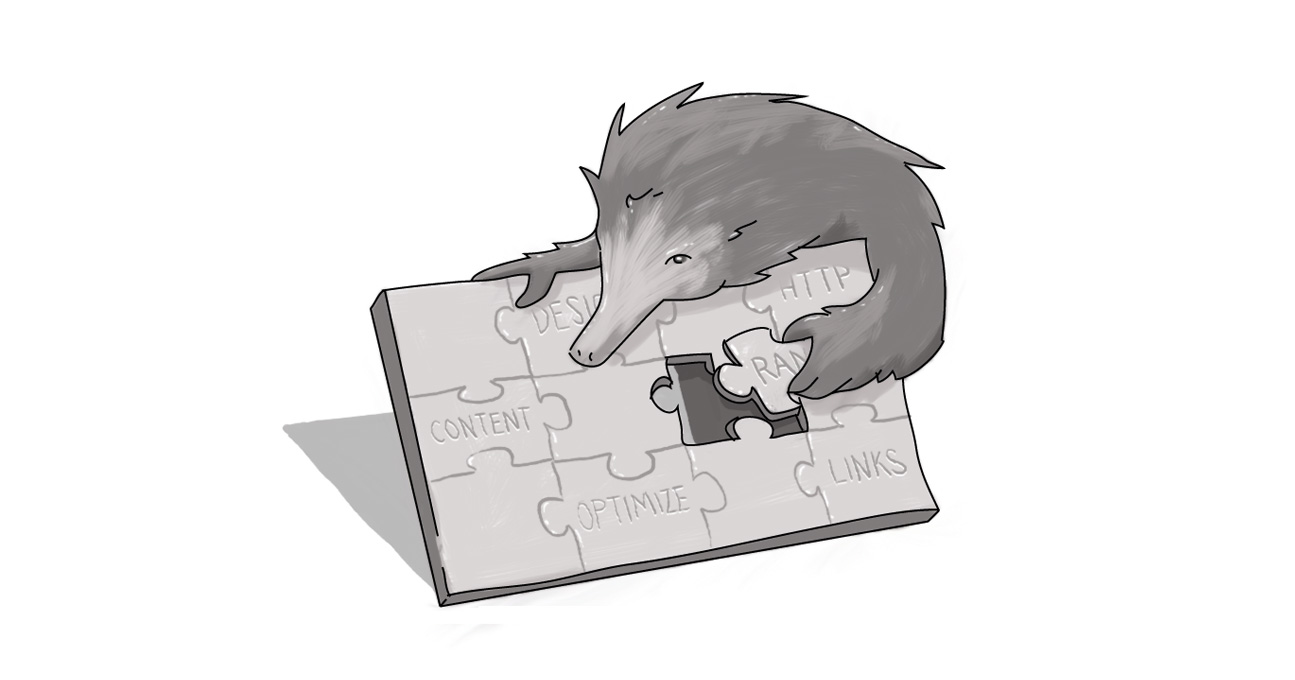Filling a Prescription for Healthy News

Healthcare providers are increasingly expected to satisfy people's desire for quick and easy access to information – but in filling that prescription for news, there are a number of side effects of which medical centres need to be aware.
Trust, liability, privacy – those are just the basics. And it's a concern that's only going to grow as our increasingly connected populace ages and starts facing – and seeking out information about – medical challenges.
It's something I have experienced first-hand. And it's why I'm adamant about the importance of open, honest communication. It's too easy to make something sound legit, but in the end you're only providing your customers half the information they need to make an informed decision.
Many moons ago, I got my corporate communications start working for a company as the writer of an on-line medical news site. My role was to comb through medical journals, medical conferences, and other sources to find, summarize, and share the latest-breaking content about a segment of the medical industry.
I purposely chose to use the term 'segment,' because this site was part of a larger pharmaceutical consulting agency. Stories about surgical procedures and medical tools (like stents) were verboten. My greatest battle came during the Fen/Phen crisis, when I received tremendous pressure to ignore content relating to the drug's purported links to pulmonary hypertension and heart valve problems.
In the end, common sense won out and I was able to publish the good, bad, and ugly.
Later in my life, I spent a lot of time developing content to support products in the vitamins, minerals, and supplements line. It was fun because you had to master the art of saying what could not be said. In Canada, our government agencies have strict rules about mandating proof of efficacy – and absent the requisite studies, you simply can't make those claims outright.
In both roles, I held fast to my belief that honesty was the best policy. It was a pre-social adoption of post-social best practices, prompted by a background in reporting. But the experience also taught me to take a good, hard look at the source of information.
It's a lesson that still is often overlooked. How many times do you see items on Twitter or Facebook about the latest 'outrage' that can be discounted with just a couple of quick searches (or a trip to Snopes.com)?
There can be advantages to our "Google It" mentality. Years ago, the doctor's word was canon; now the general public is more engaged than ever about its own healthcare options. But a little information can be dangerous.
Too often sites are sponsored by or have backing from parties with a vested interest. From direct-selling organizations to pay-to-play bloggers, there's a tremendous amount of misinformation out there and it can be challenging for the general public to know what's legit.
A recent article, which looks at the challenges the U.S. health care industry is facing in terms of proactive communication to improve preventative health efforts, focuses on the convergence of content and health care. It's an issue that medical facilities north of the border have been trying to deal with for a while.
From development of apps and on-line communities (like the Digital Echidna-developed South West Regional Cancer Program site) that provide people with access to reliable information and support, to Intranet projects designed to improve internal communication, learning, and quicker access to knowledge sharing, medical facilities need to be at the vanguard of the industry.
They may not want to, but they have to. If only for their patients' sake.
The challenges that medical centres face in the digital environment are many: privacy concerns, liability issues, and comprehension barriers. Liability is probably the greatest – and not for any selfish reasons. It's not that much of a stretch to think there are those out there who will self-diagnose and self-treat conditions that really would require proper medical diagnosis.
To provide customers with value, hospitals must focus on lifestyle management, proactive care, community support and networking, and curating information.
In the Wild West of Internet Medical information, medical centre Web sites may be the last bastion of quality information there is. But it takes time, resources, and people to curate that information, vet it to ensure compliance (and legality), and present it in a way that's clear and easily understood. (I almost stepped up on my 'plain speech' high horse, but that's a topic for another blog.)
It's a challenge, but it's one, when successfully met, that can not only stem the tide of half-truths, misinformation, and 'miracle cures,' but it's one that can bring incredible value to your community and increase the reputation, perception, and inherent trust in your medical facility.
So where do you go for your medical information? In whom do you trust? And, if you're in a medical field, how have you handled distributing potentially challenging information.
How can healthcare facilities use the Internet?
Where do I find good medical information?
How do I know what Website to trust for medical information?
SUBSCRIBE TO OUR E-NEWSLETTER
 Subscribe
Subscribe


